For many nascent communities, the difference between successful growth and stagnation can hinge on transportation. Quite simply, if you can’t get there, by choice or chance, then a promising village may stagnate rather than thrive. As a peninsula on a peninsula, St. Petersburg experienced such a dynamic when the transportation revolution paved the way for the shift from a fishing village to the Sunshine City.
From Mud Paths to Railroads
Like earlier indigenous occupants, early white settlers navigated the area mostly in small boats or by treading on makeshift mud paths. The horse (first introduced by Spanish explorers) offered the most significant transportation shift until the Orange Belt Railroad arrived in 1898. Two years after the train nicknamed “Mattie” chugged into town, the village’s population had soared from just a few families to nearly 275, making it the largest settlement on the peninsula. By the turn of the century, St. Pete had officially incorporated as a town of 1,600 people, elected a local government, and installed the first telephone. More than 30 street lamps lighted the unpaved streets. The Orange Belt Railroad had laid the welcoming tracks for St. Pete’s future.
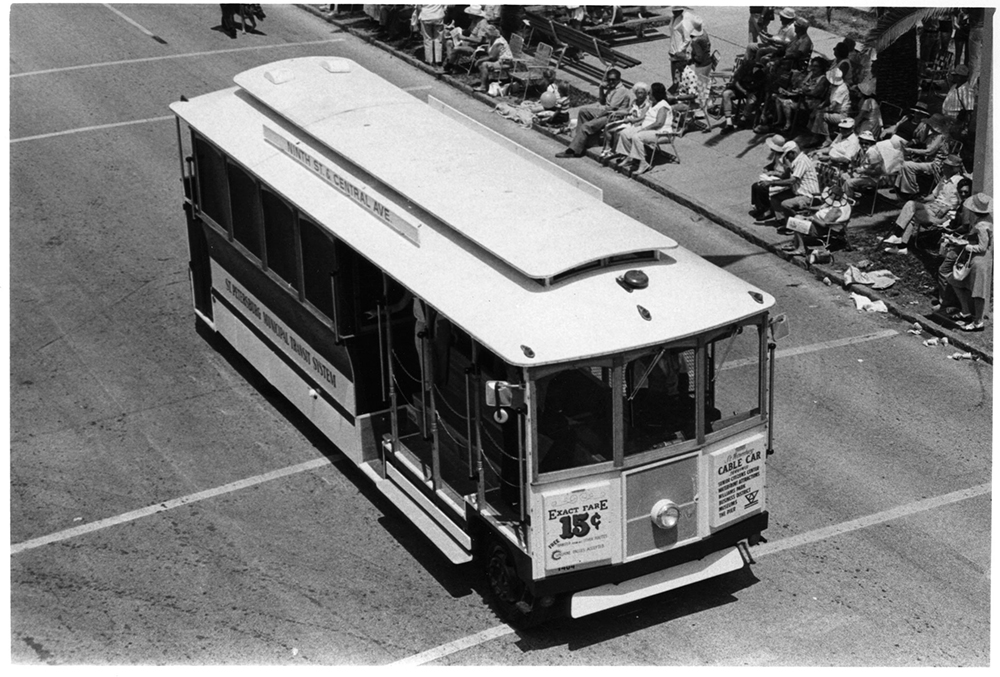
Trains and Trolleys
As the 20th century unfolded, the Orange Line (which by 1895 was part of the Henry B. Plant rail system) continued to bring a steady stream of newcomers to St. Pete. Special tourist trains unloaded thousands of seasonal “snowbirds” each winter. Taking advantage of the city’s new electric-power plant, the first trolley car was launched in 1905. Track length tripled by 1920, and riders could take a trolley to Coffee Pot Bayou, onto the Electric Pier, and even to the end of the peninsula to catch a ferry to Pass-A-Grille beach. For residents and tourists alike, trains and ferries brought people to St. Pete. Once here, trolleys offered the best bet for moving around the city. As St. Pete grew in numbers (14,000-plus residents by 1920) and in area (from 11 square miles to 53 by 1930), people looked for new ways to get around.
The Automobile Enters the Race
St. Petersburg’s first automobile rolled down the street in 1905. More likely, it bumped down a dirt path. Unpaved city streets and virtually nonexistent county roads meant that the town had only 22 cars in 1908. By 1920, attitudes were changing. Trains and trolleys were still in the lead, but automobiles were the future! To accommodate this shift, citizens and city leaders sought more and better roads and bridges. Bond issues were approved providing millions of dollars which were spent to pave, construct, and extend roadways and bridges, linking expanding neighborhoods and new businesses, as well as the barrier islands. Even more exciting and transformative was the day Tampa Bay was bridged! To great fanfare, the Gandy Bridge opened in 1924, with more than 30,000 people in attendance to celebrate. But that was just the beginning.
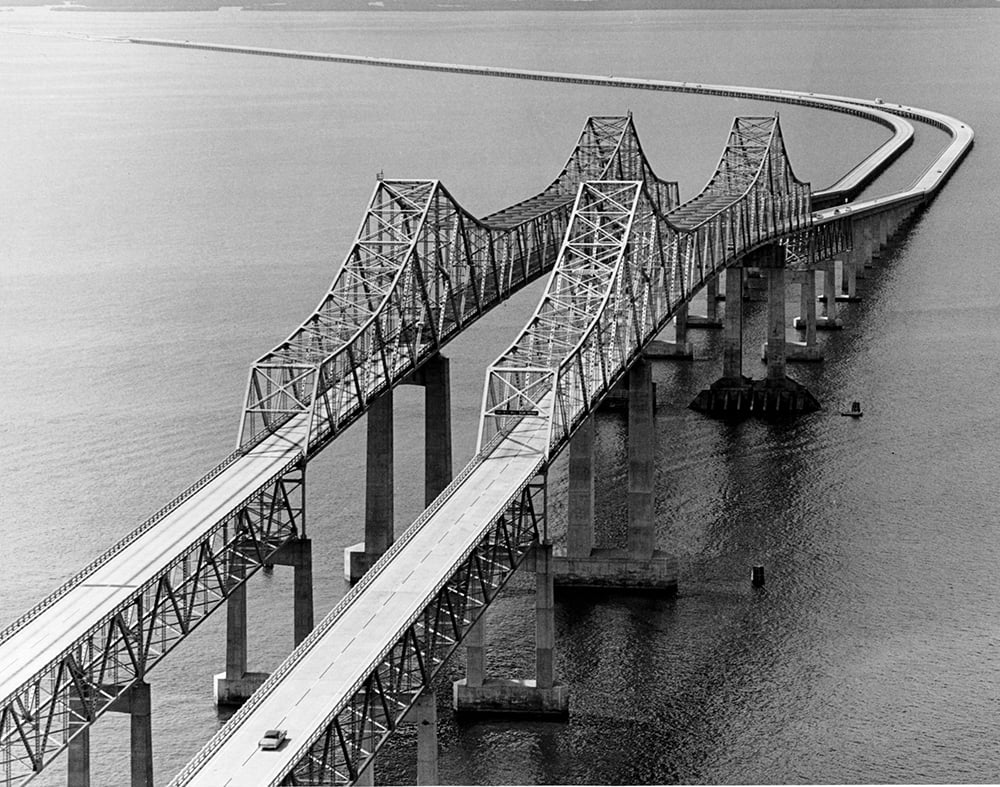
Highways and Bridges Defeat Trains and Trolleys
The Great Depression temporarily stalled development, but tourism spiked in the late 1930’s. By the 1950’s, St. Pete boomed again. The population nearly doubled in that decade and many of those 180,000 people wanted to drive. Trains, trolleys, and ferries represented the past. Millions of dollars went to improve and expand automobile access from all directions. By 1960, the Sunshine Skyway Bridge eliminated the need for a ferry by directly connecting St. Pete to southern Florida. U.S. Highway 19 linked the west coast of Florida to the mainland states and the Howard Frankland Bridge offered a second direct route to Tampa. Trolley lines were ripped up and buses took over as the city’s public-transportation vehicles. In 1963, railroad service to downtown St. Petersburg ceased, almost 75 years to the day that the Orange Line opened. St. Petersburg hitched its future to the automobile.
Learning from our Past
In the 1950’s, better access to transportation helped spur development but it also brought new problems. New subdivisions and shopping centers attracted newcomers and businesses. Parking issues and traffic jams became common topics of discussion. There were concerns about the negative effects of all the dredging, building, and paving. In some ways, the story seems familiar as prosperity and growth are once again reshaping the city. Once limited mostly to downtown St. Petersburg, complaints about traffic jams and lack of parking have extended into other areas. Development again compounds worries about environmental sustainability. As we move into the future, transportation choices once again have the power to alter our path. Florida has been slow to embrace transportation alternatives, but looking to a prosperous and more environmentally friendly future, St. Pete aims for a less car-dependent path.
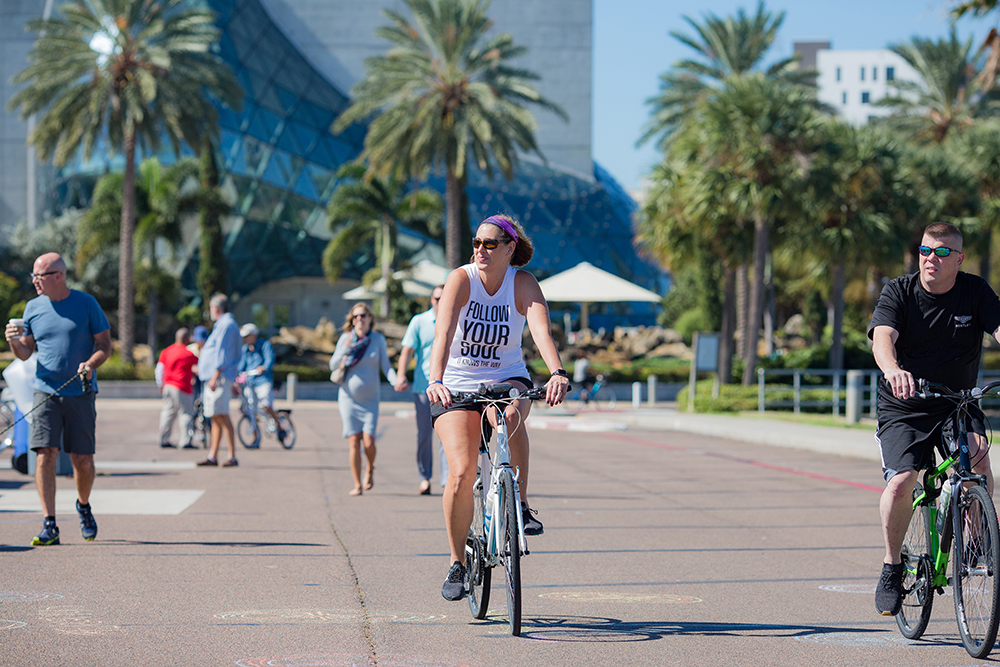
Riding into the Future: Bikes, Ferries, and the BRT
This future path is multifaceted. For example, in 2015, the city approved the Complete Streets plan. The goal is to encourage walking and biking by creating streets that are safe and convenient for all. Dedicated bike lanes and shared roads provide commuters enginefree options. Electric trolley lines are long gone, but the public transit system is making strides to be more accessible and environmentally sound. In 2018, the Pinellas Suncoast Transit Authority added two zero-emission electric buses to its fleet and more are planned. The proposed Bus Rapid Transit (BRT) system will link downtown to the beaches and numerous business centers, reducing cars on the road and time hunting for parking. The seasonal Cross-Bay Ferry provides an option for avoiding bridge traffic and Tampa parking frustration.
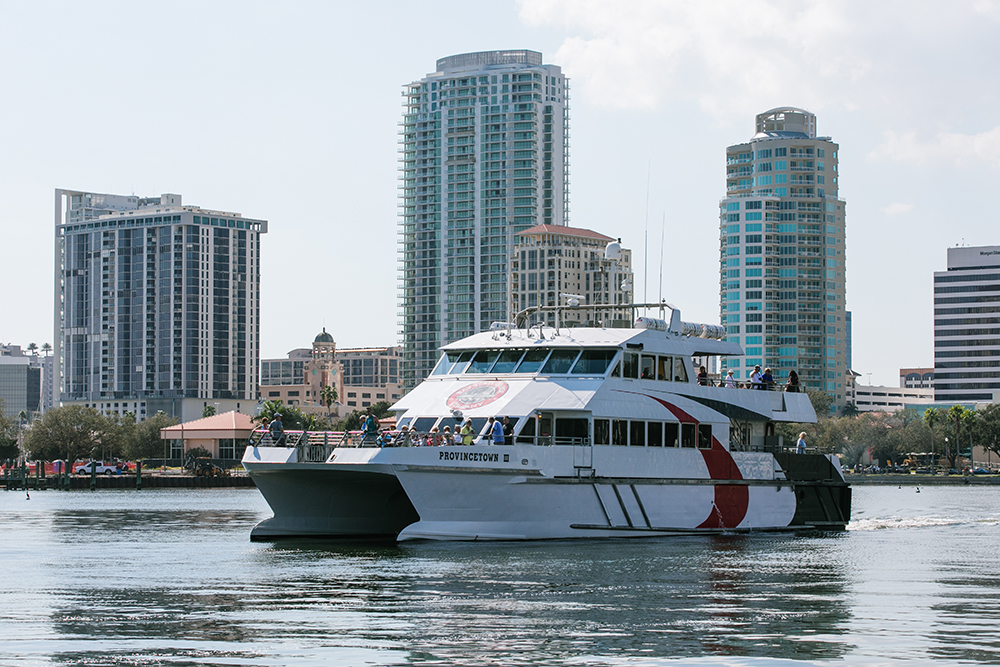
In recent years the discussion of a light-rail system has entered the mass transit mix. Ironically, this would represent a return to the once highly effective use of trolleys 100 years ago, as referenced earlier in this article.
No one thing is the answer for creating an efficient and sustainable transportation system, but history shows that today’s choices have long-term effects. The time to protect our future is now.
For more information on the proposed BRT system, visit www.psta.net/about-psta/projects/bus-rapid-transit-brt/. Find recent news on Complete Streets at www.stpete.org/transportation/complete_streets. php and the Cross-Bay Ferry at www.thecrossbayferry.com

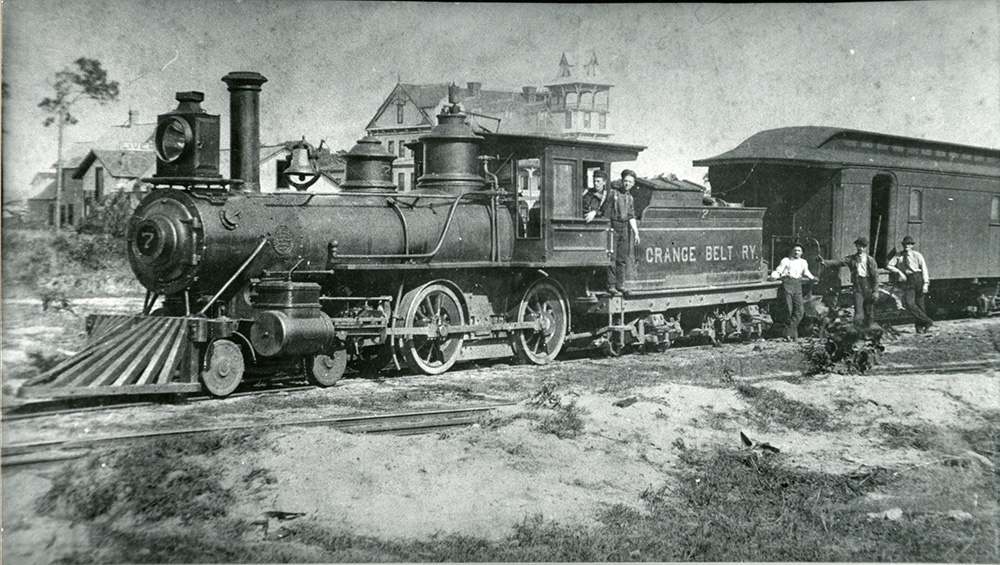


[…] month we’re taking a closer look at St. Pete pathways, thinking local first, and trying to find our green thumb. We hope these stories inspire you to […]